Dubrovnik as it once was – an empty wonder that's worth the quarantine
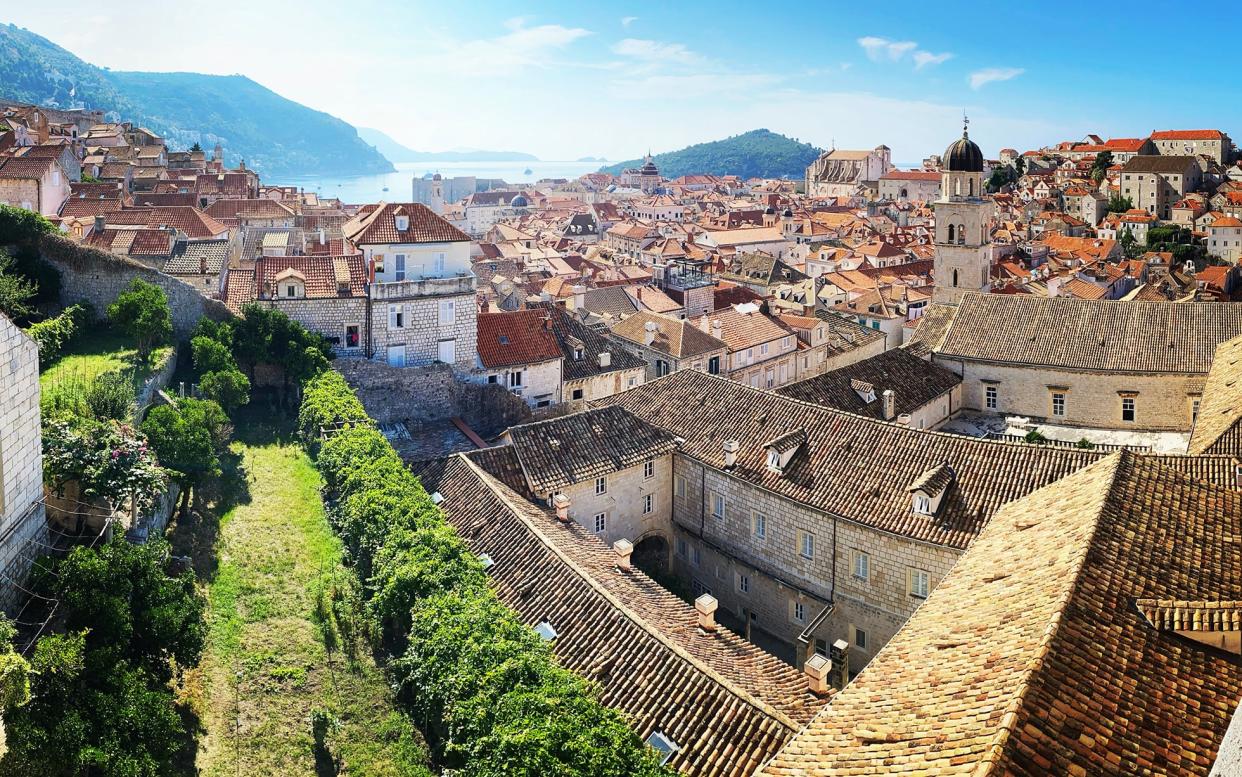
“It’s Dubrovnik as it should be – and as it once was.” Before I’d been in the city for an hour, I had heard this refrain numerous times from people. The old town’s elegant main thoroughfare, Stradun – usually a sweaty sea of humanity and selfie sticks – had only a few dozen people strolling on its shiny marble slabs in the hot August sun. Apart from an out-of-season visit I made one November, I’d never seen the city so empty. No cruise ships, and no coachloads of day-trippers.
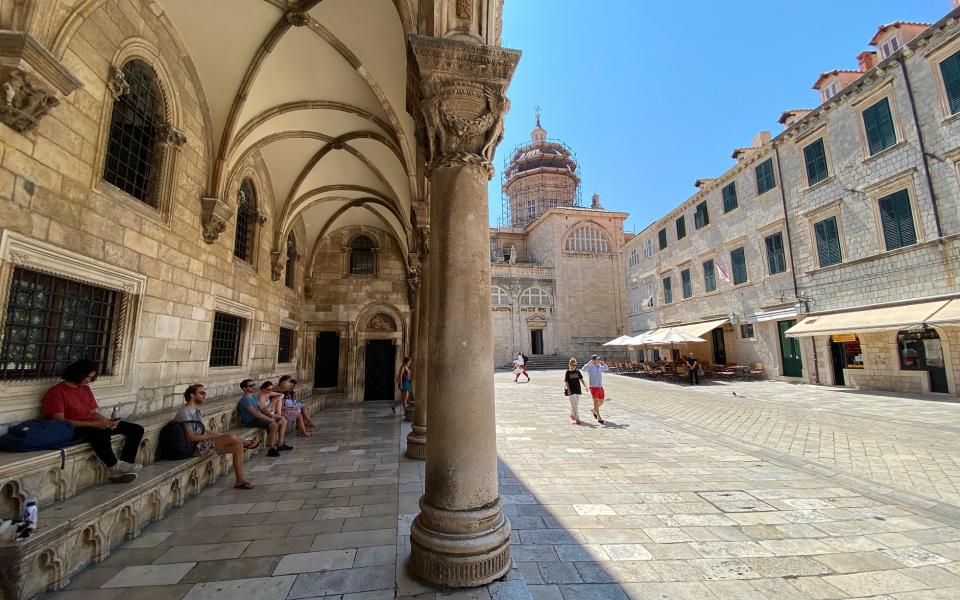
Over a few blissful days, I ticked off my list of Dubrovnik favourite things. A walk around the city walls never fails to captivate, as I peered nosily across roof terraces and into gardens, and watched people dive from the rocks at the Buža Bar that clings precariously to the cliffs. A quick 10-minute boat ride to the island of Lokrum set me up for a lazy morning swim and a not-so-lazy hike up to the top of the 19th-century fortress to take in the views. At the queue-less entrance to the Mount Srd cable car, staff took a quick temperature check and sprayed antibacterial liquid on our hands before sending masked passengers on our way up to the top of the scrubby 1,360ft hill for more glorious views.
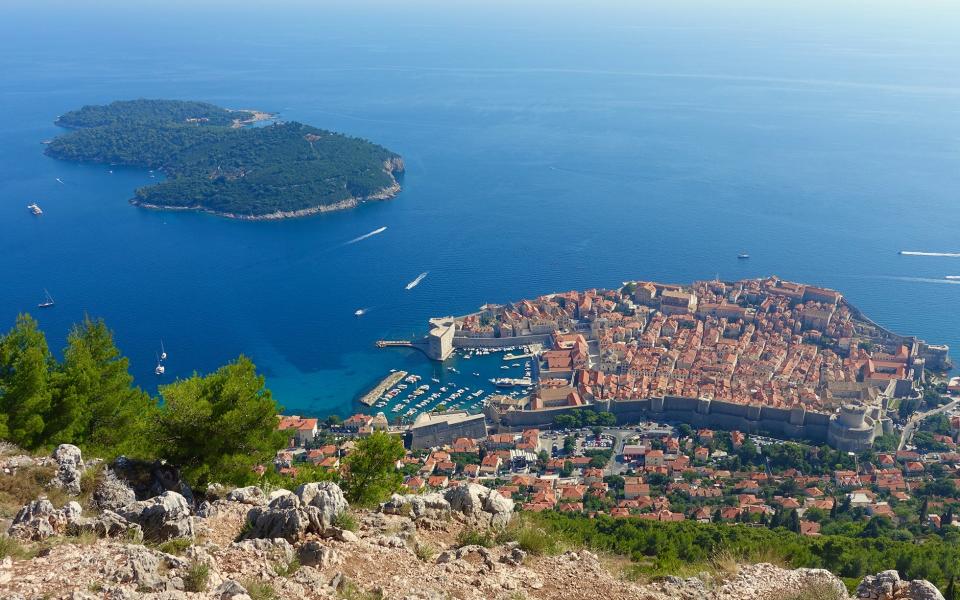
I soon came down with a bump when news started circulating that Croatia might be put on the UK’s red list later that week. During a socially distanced chat with Dubrovnik’s mayor, Mato Franković, he told me that Dubrovnik shouldn’t be lumped in with Croatia’s coronavirus hotspots of Zagreb and Split. “Out of 74 Covid-positive tourists in Croatia, not one was in the Dubrovnik area,” he said, adding that the nightclubs in Split and Pag were a factor behind the spike in cases. The country has since banned bars and clubs from opening after midnight.
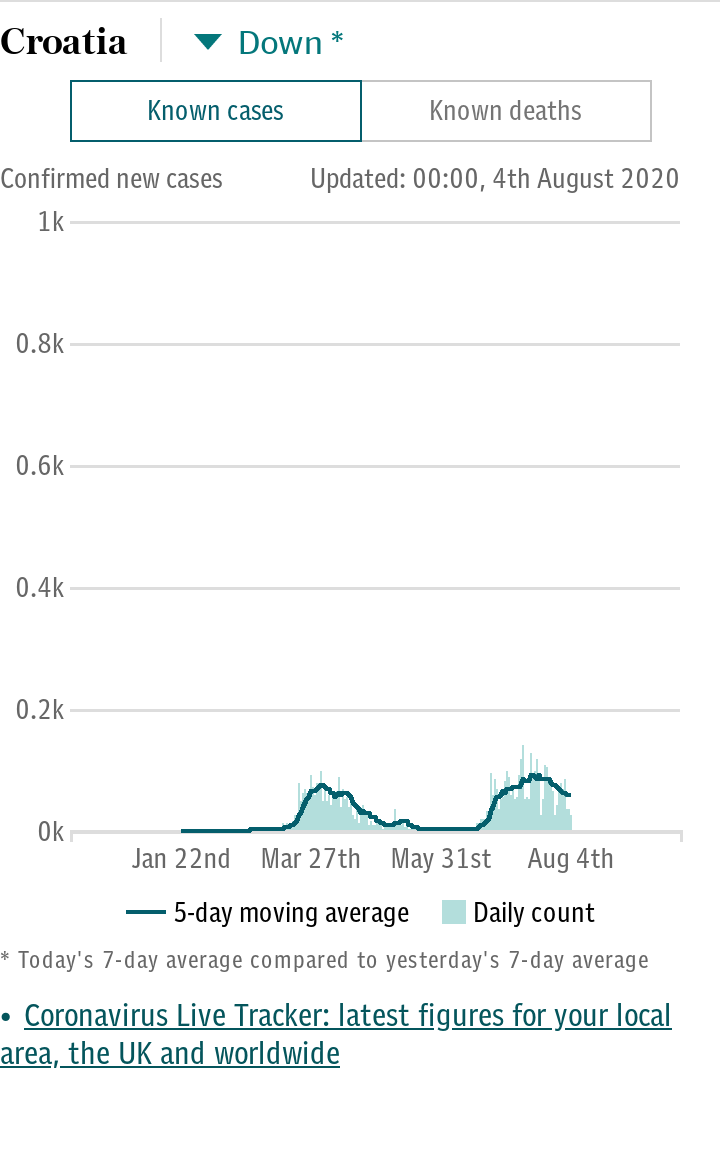
The quarantine could be a big blow for Dubrovnik, as British visitors make up the city’s largest market. Like the residents who managed to reclaim their city during lockdown, I was falling in love with Dubrovnik all over again. I had time and space to savour Peppino’s gelato (the best in the city) on the stone circular steps of Sveti Sebastijan church, and buy fresh figs from Gundulićeva Poljana market, scoffing half of them over a coffee at a market café. The views from my balcony at the Hotel Excelsior beyond the Ploče Gate had me spellbound – not just of the old town and Lokrum but also the constant maritime theatre of sailboats, yachts (including Bill Gates’s) and kayakers playing about in the Adriatic.
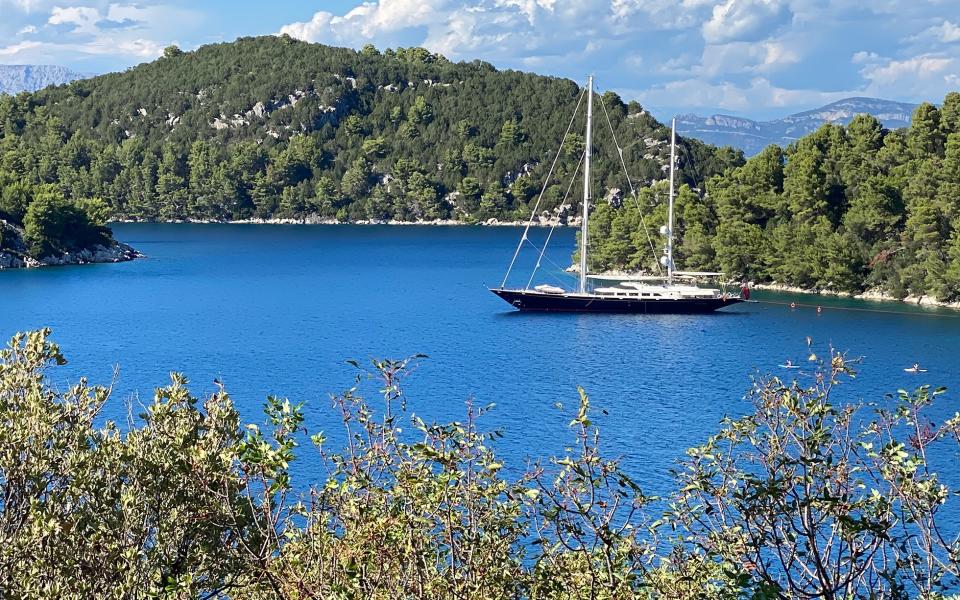
During sultry evenings, people who had spent the day at the beaches were back in the old town sauntering down Stradun. Suddenly the numbers swelled, but only just enough to bring a delicious buzz to the air. There was an economic price to pay for this fabulously laid-back feeling, of course, in a city where 89 per cent of its population makes a living from tourism. But the atmosphere was too seductive, the air too balmy, for me to think about it too much for the moment.
Usually people who come to Dubrovnik when the season is in full flow need to escape for a few days to find a little peace. They might head into the hills of Konavle, or Korčula, or along the Pelješac peninsula to Ston, or one of the Elaphiti islands. Even though I was thoroughly mellowed by this new (or old?) Dubrovnik, I took the ferry to Mljet to immerse myself in the lush greenery of the island.

About a third of Mljet is a national park, which turns 60 this year. From the westernmost village of Pomena, my park guide, Slavica, led me on a rocky hike up to two viewpoints. I thought the vistas from Veliki Sladin Gradac, at 480ft, were gorgeous, but they were only a taster for what awaited from the top of Montokuc at 830ft. Below me lay the shimmering stars of the island, the two saltwater lakes whose deep blue waters were ringed with thick green forests of Aleppo pine and holm oak. I could see the narrow Solin channel that allowed the Adriatic’s waters to flow into the lakes.
We descended to the hamlet of Soline before walking along the edge of the larger of the two lakes – imaginatively named Veliko Jezero (Big Lake). Its waters were inviting me in for a dip, but I was delaying that gratification with a short boat trip across to a tiny speck of an island called Sveti Marija and its equally compact 12th-century Benedictine monastery.
Following the path hugging the lake shore, where cyclists were discovering the joys of a flat trail, we came to where Veliko Jezero merges into Malo Jezero (yes, you guessed it, Small Lake) via a very narrow channel. This is where we swim, said Slavica, and she had picked a beautiful spot for our post-hike treat.
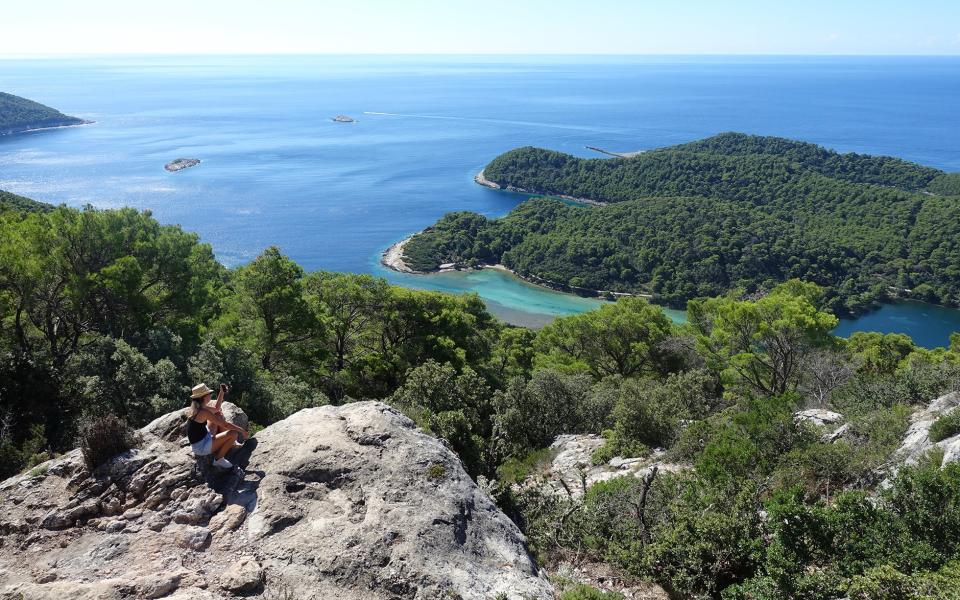
The national park is the island’s biggest draw, with many visitors never discovering the rest of Mljet. One exception is Odysseus’ Cave, a rocky gash in the cliffs along the southern coast, where sure-footed folk scramble along the rocks and launch themselves into the vivid blue waters below.
A gentler pursuit is the slow exploration of the sandy beaches around Mljet’s easternmost village, Saplunara. Using the wonderful PineTree Boutique Apartments as my base, right on the water’s edge (and whose restaurant is one of the best on the island), I could easily nip around to Saplunara’s two chilled-out beaches. Even more relaxed was Blace beach at the lagoon-like Limuni Bay, where pines curved around a sheltered bay, and whose remoteness made it easy to forget there was a global crisis going on.
On my flight home the next day, a crew member told me that about 25 passengers hadn’t turned up, presumably having left early to avoid quarantine. A day later, 354 British passengers arrived at the airport, undeterred by official advice not to travel. The pull of Dubrovnik was evidently too strong to resist.

Britons who wish to visit Croatia must self-isolate for 14 days on their return to Britain. See the Foreign Office website for the latest advice.
Hotel Excelsior Dubrovnik has doubles from €459 including breakfast, and from €86 at the Hotel Odisej, also including breakfast (adriaticluxuryhotels.com). PineTree Boutique Apartments (pinetreemljet.com) has studios from €178, including breakfast. Jet2, easyJet and British Airways have direct flights to Dubrovnik.


